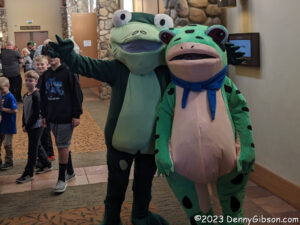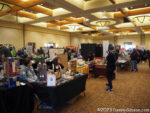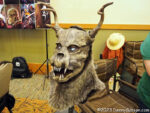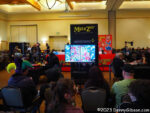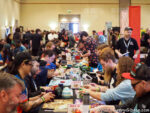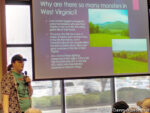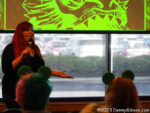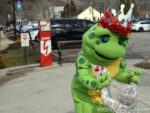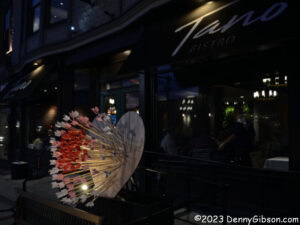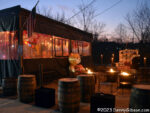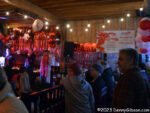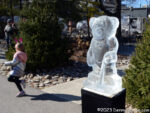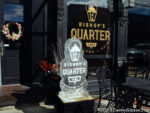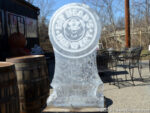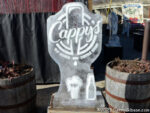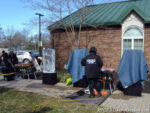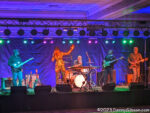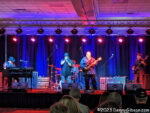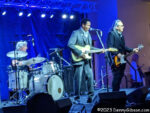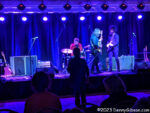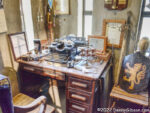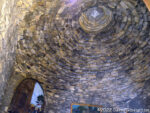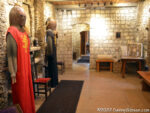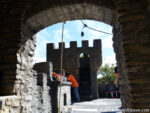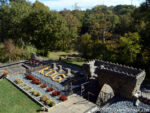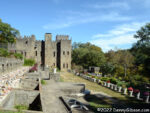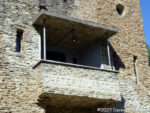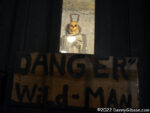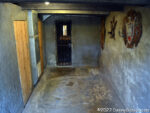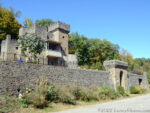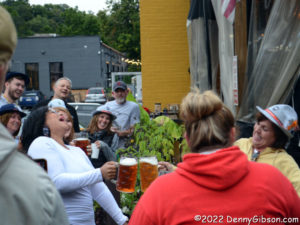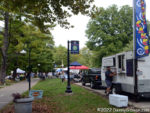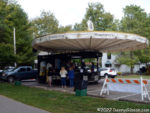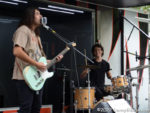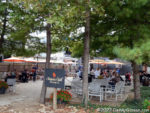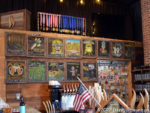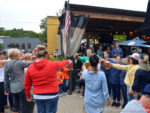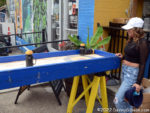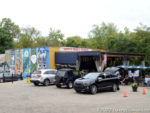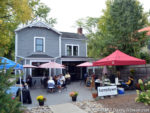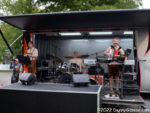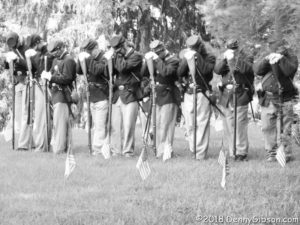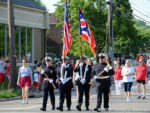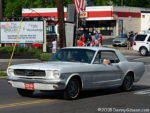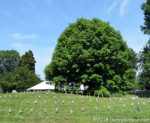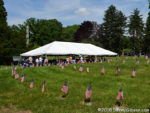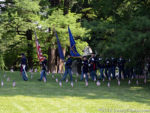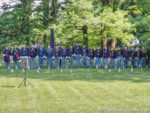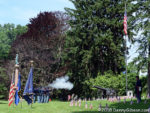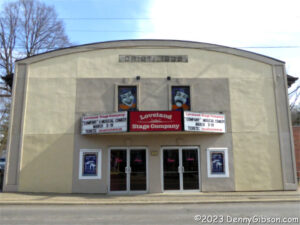 Loveland’s got Talent! Rest assured that I’m not going to review the actual play. Company has been around since 1970 and won six Tony Awards after being nominated for fourteen. It is a collaboration between George Furth and Stephen Sondheim. Sondheim did the words and music and he’s won eight Tonys himself. Nope. I’ll not be reviewing that. In fact, I’m not even reviewing this particular production nearly as much as I am praising the company behind it and severely chastising myself for missing out on something this cool for so long.
Loveland’s got Talent! Rest assured that I’m not going to review the actual play. Company has been around since 1970 and won six Tony Awards after being nominated for fourteen. It is a collaboration between George Furth and Stephen Sondheim. Sondheim did the words and music and he’s won eight Tonys himself. Nope. I’ll not be reviewing that. In fact, I’m not even reviewing this particular production nearly as much as I am praising the company behind it and severely chastising myself for missing out on something this cool for so long.
Loveland Stage Company is community theater. The community it belongs to is centered on a town of 13,000 or so. That’s not the entirety of their talent pool, of course. The area is well populated. Downtown Cincinnati is less than twenty miles from the theater. That 13,000 is clearly not an absolute limit but it does indicate that a limit does exist. Had I been the least bit familiar with Company before Sunday afternoon, I would probably have predicted a straining of the pool. There are fourteen parts. Fourteen speaking, singing, and dancing parts. In my mind, that seems like an awful lot of amateur talent to pull together from my neighborhood. It was — an awful lot of talent. It didn’t — strain the pool. All fourteen roles were filled with extremely capable actors plus extremely capable musicians filled the hidden nine-piece orchestra.
As I write this, I regret that I left my program behind. I often, but not always, do that at other theaters and I thought that was even more appropriate here than at those pro and semi-pro operations. The program contained interesting biographies of all the cast and orchestra members. I assumed that that information would be available online but it is not. An online “Prompter” does identify all cast members but there are no biographies. Orchestra members are not identified.
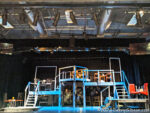 Maybe that’s just as well. With those biographies at hand, I would be tempted to focus on individuals and this was about as much of an ensemble performance as I’ve seen. Everyone on that stage held the spotlight at multiple points throughout the play and everyone delivered. This was probably a pretty good vehicle for a first look at LSC. It let me appreciate the entire operation and made it apparent that there is considerable talent in every piece of it. That impression started with the friendly and helpful ladies at the ticket counter and continued as I listened to the folks managing the lighting and the sound from a stage full of individually miced actors and all those musicians behind the screen. The set itself did a nice job of keeping focus in the right place while often having more than a dozen potential speakers in view.
Maybe that’s just as well. With those biographies at hand, I would be tempted to focus on individuals and this was about as much of an ensemble performance as I’ve seen. Everyone on that stage held the spotlight at multiple points throughout the play and everyone delivered. This was probably a pretty good vehicle for a first look at LSC. It let me appreciate the entire operation and made it apparent that there is considerable talent in every piece of it. That impression started with the friendly and helpful ladies at the ticket counter and continued as I listened to the folks managing the lighting and the sound from a stage full of individually miced actors and all those musicians behind the screen. The set itself did a nice job of keeping focus in the right place while often having more than a dozen potential speakers in view.
My appreciation certainly extends to the two ladies at stage right who signed the entire performance. My impression is that every play mounted by LSC offers American Sign Language for at least one performance although I’m not entirely sure of that.
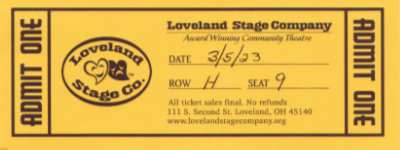 Loveland Stage Company was founded in 1979. I lived inside Loveland city limits from about 1981 to 1997. I visited the town frequently before I physically moved there and visit even more frequently now that I’ve moved a few miles away. I have driven by the LSC theater perhaps hundreds of times. I have seen many interesting titles displayed on that marquee. That I’d not previously been inside is both inexplicable and inexcusable. The performance I saw Sunday compares favorably with some I’ve seen in downtown Cincinnati. Walkable restaurants around LSC also compare favorably with those around the downtown theaters and the parking is cheaper. There’s some Shakespeare (Twelfth Night) coming up at LSC in a couple of months which I hope to catch. I’m also quite curious about what next season will bring.
Loveland Stage Company was founded in 1979. I lived inside Loveland city limits from about 1981 to 1997. I visited the town frequently before I physically moved there and visit even more frequently now that I’ve moved a few miles away. I have driven by the LSC theater perhaps hundreds of times. I have seen many interesting titles displayed on that marquee. That I’d not previously been inside is both inexplicable and inexcusable. The performance I saw Sunday compares favorably with some I’ve seen in downtown Cincinnati. Walkable restaurants around LSC also compare favorably with those around the downtown theaters and the parking is cheaper. There’s some Shakespeare (Twelfth Night) coming up at LSC in a couple of months which I hope to catch. I’m also quite curious about what next season will bring.
Company continues through Match 19.

